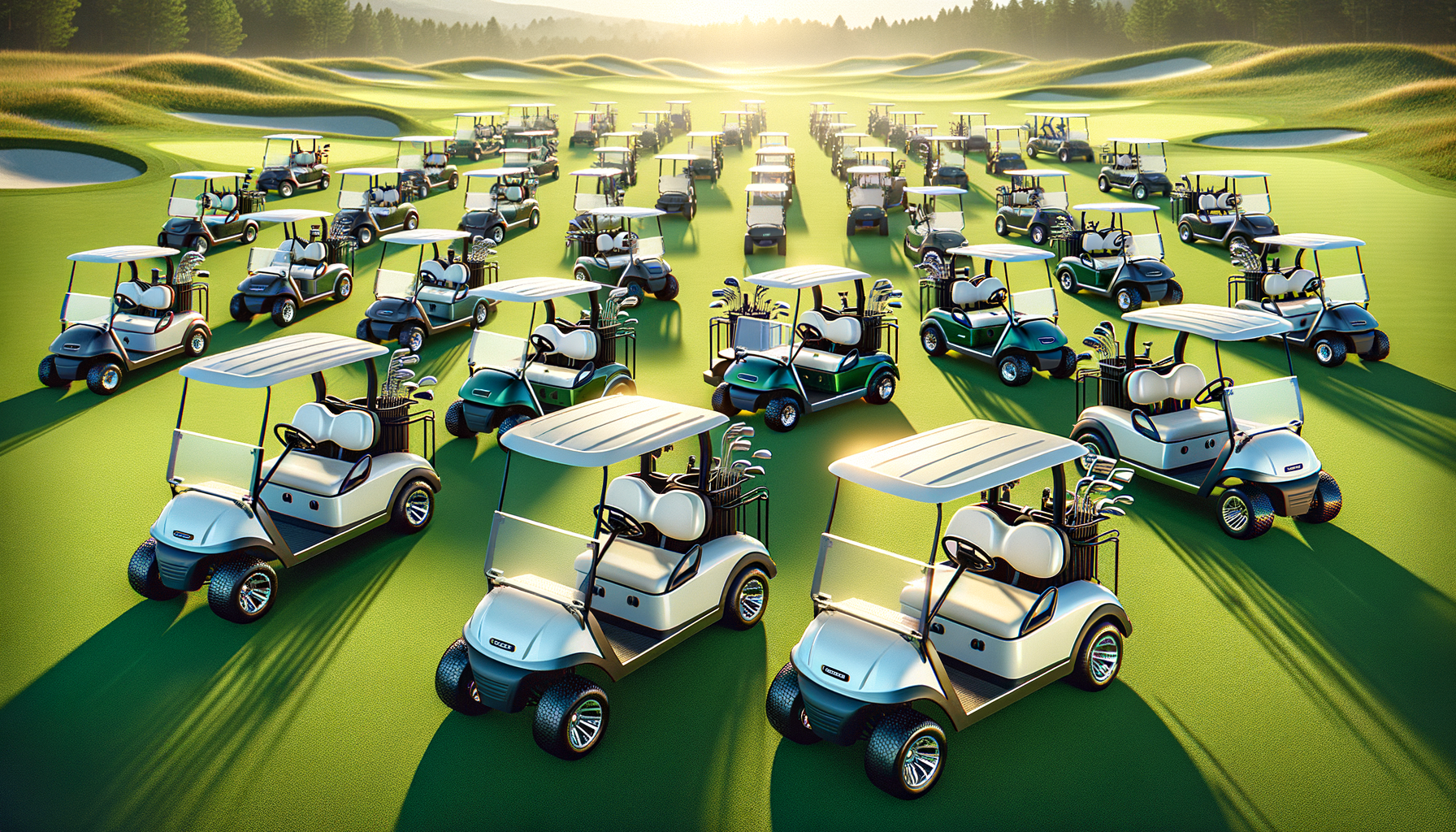The Art and Science of Landscape Design
Landscape design is a harmonious blend of art and science, aimed at creating aesthetically pleasing and functional outdoor spaces. This discipline involves the careful consideration of natural elements such as landform, water, and vegetation, combined with human-made structures. The ultimate goal is to design a space that is not only beautiful but also sustainable and practical. Landscape designers employ principles of design, such as balance, contrast, and unity, to craft spaces that resonate with the natural environment while meeting human needs.
Consider the impact of a well-designed garden: it can serve as a sanctuary, a place for social gatherings, or even a source of food through edible landscaping. The choices made in landscape design, from plant selection to the layout of walkways, can significantly influence the microclimate of an area, impacting everything from temperature regulation to biodiversity. By integrating scientific knowledge with artistic vision, landscape designers create spaces that enhance the quality of life for their users.
Principles of Effective Landscape Design
Effective landscape design is grounded in several key principles that guide the creation of cohesive and functional outdoor environments. These principles include:
- Unity: Achieved through the consistent use of elements such as color, texture, and form, unity ensures that the landscape feels like a single, cohesive space.
- Balance: This can be symmetrical or asymmetrical, providing visual stability and harmony in the landscape.
- Scale: Ensures that the size of elements within the landscape is appropriate to the overall space and to each other.
- Proportion: Refers to the relationship between different elements, ensuring that no single part overwhelms the rest.
- Rhythm: Created through repetition and alternation of elements, rhythm guides the viewer’s eye through the landscape.
By adhering to these principles, landscape designers can create spaces that are not only visually appealing but also functional and sustainable. Each principle plays a critical role in ensuring that the landscape serves its intended purpose while remaining in harmony with its surroundings.
Choosing the Right Plants for Your Landscape
Selecting the appropriate plants is a crucial aspect of landscape design, as plants are the living elements that bring a landscape to life. The choice of plants should consider factors such as climate, soil type, and the amount of sunlight the area receives. Native plants are often a preferred choice because they are well-adapted to the local environment, requiring less maintenance and water than non-native species.
When choosing plants, it’s important to consider their growth habits and potential size at maturity. This ensures that plants do not outgrow their space or overshadow other elements of the design. Additionally, incorporating a mix of plant types—such as trees, shrubs, perennials, and annuals—can add visual interest and biodiversity to the landscape.
Moreover, plants can be selected for specific purposes, such as providing shade, attracting wildlife, or offering seasonal color. By thoughtfully selecting plants, landscape designers can create dynamic and resilient outdoor spaces that thrive over time.
Incorporating Water Features and Hardscapes
Water features and hardscapes are integral components of many landscape designs, adding both aesthetic and functional value. Water features, such as ponds, fountains, and waterfalls, can introduce a sense of tranquility and movement to a space. They also serve ecological functions, such as supporting local wildlife and improving microclimates.
Hardscapes, which include elements like patios, walkways, and retaining walls, provide structure and accessibility to the landscape. These elements are often constructed from materials such as stone, brick, or concrete, chosen for their durability and aesthetic appeal. The placement and design of hardscapes must consider both the practical needs of the users and the overall flow of the landscape.
By thoughtfully integrating water features and hardscapes, designers can enhance the functionality and beauty of a landscape, creating spaces that invite exploration and enjoyment.
Sustainability in Landscape Design
Sustainability is a vital consideration in modern landscape design, as it seeks to minimize environmental impact while maximizing the benefits of outdoor spaces. Sustainable landscape design involves practices such as water conservation, use of native plants, and soil health management.
Water conservation can be achieved through strategies like rainwater harvesting, drip irrigation, and the use of drought-tolerant plants. These practices reduce the need for supplemental watering, conserving a precious resource. The use of native plants not only supports local ecosystems but also reduces maintenance requirements and enhances biodiversity.
Soil health is another critical aspect of sustainability, as healthy soil supports plant growth and helps manage water runoff. Practices such as composting, mulching, and reduced use of chemical fertilizers contribute to soil vitality.
By prioritizing sustainability, landscape designers can create spaces that are not only beautiful and functional but also environmentally responsible, ensuring their longevity and positive impact on the planet.






